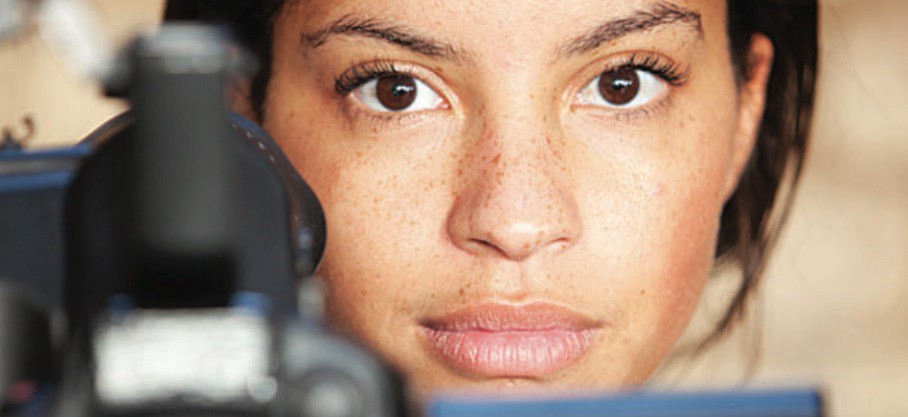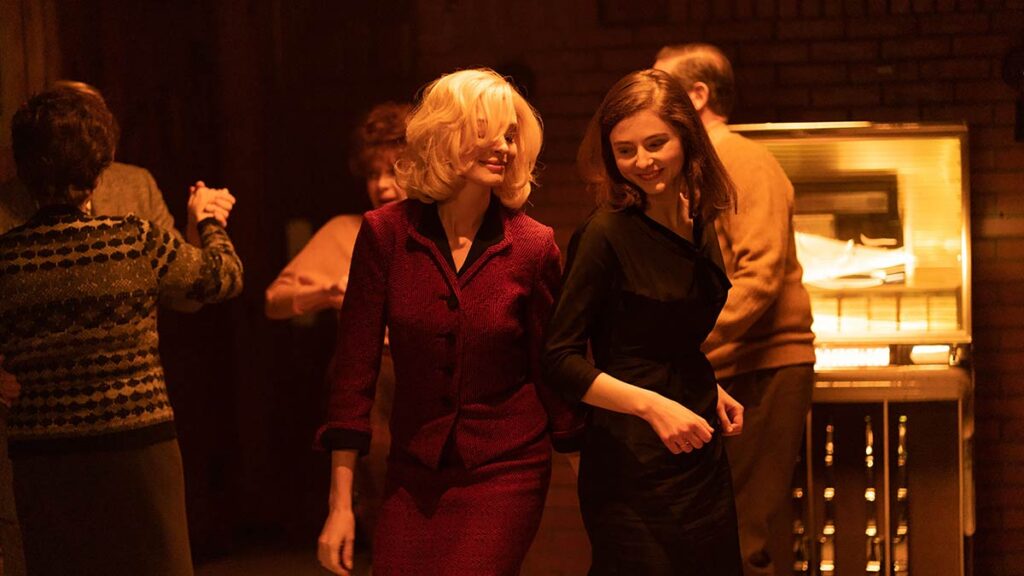Guest Post by Mary Celeste Kearney
Want to know how to eliminate sexual harassment in the Hollywood industry? Stop it in film schools. Yes, I realize that not all media professionals attend film schools. But a considerable number do — so many that film and TV production programs at universities like USC, UCLA, and NYU have been dubbed the primary “pipelines” of talent for the Hollywood industry. Which means that those schools play a significant role in shaping young media professionals and should be considered in any discussion about sexism in U.S. media industries.
Since the early 1980s, several studies of U.S. film schools have noted a persistent trend of gender inequality and sexual harassment among faculty and students. But you don’t have to look to academics to get that information. Consider the numerous comments about such abuses posted to the Shit People Say to Women Directors Tumblr. The redundancies across such comments and studies demonstrate the great degree to which film schools function as incubators for the sexist attitudes and abusive practices of which media professionals like Harvey Weinstein, James Toback, Roy Price, Kevin Spacey, and far too many other men have been accused.
Yes, some film school administrators have reported gender parity among their students. But, to my knowledge, none of those administrators have offered data to back up such statements. And that’s likely because such data would not support their comments: Despite the influx of both female students and instructors over the past 30 years, film schools remain significantly dominated by male instructors and students. Regardless, any statistics demonstrating quantitative gender parity in student enrollments should not be read as indicators of those students’ qualitative experiences of gender in such programs. Admitting more women to historically male enclaves does not necessarily equate with less sexism.
Many introductory film school classes now have near equal numbers of male and female students. But my recent research — soon to be published by Peter Lang in the second volume of “Mediated Girlhoods” — shows, via both quantitative and qualitative methods, that such gender equity does not always persist across film schools’ curricula, that is, from students’ first year to their graduation.
My analysis of course enrollment data and interviews with female film students suggest that, by their second year, many decide either to drop out of production programs to pursue different majors, or to refocus their film training via courses in trades like editing that are less male-dominated and less governed by masculinist ideals of artists. This means that enrollment figures for courses at the advanced level — especially those focused on historically male-dominated skills, like cinematography and directing — show anything but gender parity. In fact, too often there is either one female student or none in such classes.
Data from film schools showing that many female students don’t pursue that major beyond their first year or that they veer toward only a few select film production courses should give most administrators and instructors pause, for such information screams, “GENDER PROBLEM!” That so few film schools are paying attention to that data and strategizing on how to alleviate this problem suggests that they continue to privilege male success, and the attitudes and behaviors associated with it, at the peril of their female students, not to mention our broader culture.
But, again, quantitative gender parity is only part of the issue at stake here. The much larger problem is the qualitative experience of gender inequity in film schools, namely sexism.
The vast majority of female film students in my study had either experienced sexist behavior from male students or instructors firsthand or knew of other female students who had. Other studies with female film students report much the same. This is not surprising, given that male students greatly outnumber female students, particularly in advanced classes, and male instructors dominate most film school faculty. Thus, women students are often marginalized or isolated in production classes and commonly treated as intruders in what their male peers and instructors assume is “their” space.
Other gender discriminatory behaviors commonly mentioned by students in my study and on the Shit People Say to Women Directors (SPSWD) Tumblr include male peers not taking female classmates’ knowledge, skills, or ideas seriously; male students dominating technology, story ideas, and coveted production roles (especially director and cinematographer); and male students engaging in a type of male heterosexual camaraderie that excludes or sexually objectifies female students. For example, one SPSWD writer recalled that when she was directing a film, the male students assigned to work with her “were dismissive of my decisions. They would often go straight to the talent, to tell them what to do, and often referred to me as ‘Just the Fluffer.’”
Examples of sexism on the part of male instructors include not believing women are knowledgeable or strong enough to use filmmaking equipment; dismissing female-authored or female-centered stories; and engaging in harassing comments or behavior. For instance, a student in my study reported: “One friend told me she and her female partner had trouble convincing a professor to support the script they were writing. He kept telling them that he wasn’t interested in their story and didn’t think anyone else would want to see their film.”
An SPSWD writer shared that her instructor told his students to twist a tripod’s locks “like it was the nipple of a seven-year-old girl.” Female students have also commonly reported that male instructors rarely use women-made films as examples in their production classes and avoid conversations about gender and filmmaking.
Of course, these various forms of mistreatment are exponentially worse for female students of color, those who are queer, and those with more than one form of marginalized identity. Despite experiencing such abuse first-hand or hearing about it from friends, most female film students feel they should not speak up about them for fear of alienating a classmate or instructor, being called a “bitch,” or risking their grade and future networking possibilities. Since it allows for anonymous posts, the SPSWD Tumblr therefore provides an important space for sharing such stories and alerting others to potential mistreatment.
Qualitative research demonstrates the sexism that female students endure in film schools, just as quantitative data shows the lack of gender parity in student enrollment across such programs’ full curricula. And the combination of such information reveals that the pool of media professionals to which the film school pipelines contribute is significantly compromised when it comes to both male domination and sexism. But this labor issue goes far beyond the sexual harassment that we’ve been hearing so much about of late.
As the recent EEOC investigation into Hollywood’s hiring practices reveals, this problem is also about who gets hired and whose career advances. Indeed, Martha Lauzen’s historical research on employment in the U.S. film and TV industries shows that the number of male media professionals is overwhelmingly greater than that for women, roughly 82 percent to 18 percent in the film industry alone. Moreover, that figure hasn’t changed much in two decades, and it is even worse in traditionally masculinized filmmaking practices, such as cinematography and directing, where over 90 percent of the jobs go to men.
The strategies we need to increase women’s hiring for historically male film jobs are the same strategies required to eliminate sexism among media professionals like Weinstein, which are the same strategies we need to improve film schools’ gender equity. It’s high time more film school administrators connected these dots and dealt with the sexism that is clogging Hollywood’s talent pipelines, polluting its labor force, and harming our culture.
Fortunately, some film school instructors, many of them women, are leading the way by developing more inclusive and respectful learning spaces for their students and talking regularly about gender in media production. For others who need some guidance, I suggest checking out EDIT Media (Equity, Diversity, and Inclusion in Teaching Media), a project developed by some members of the University Film and Video Association. Media professionals could learn a lot also from EDIT Media’s “best practices” guidelines on how to develop working environments where each team member is treated with respect and provided with the means to flourish.
Mary Celeste Kearney is Director of Gender Studies and Associate Professor of Film, Television, and Theatre at the University of Notre Dame. Her first book, “Girls Make Media,” focuses on the rise of girl media producers in the United States since the 1990s.







